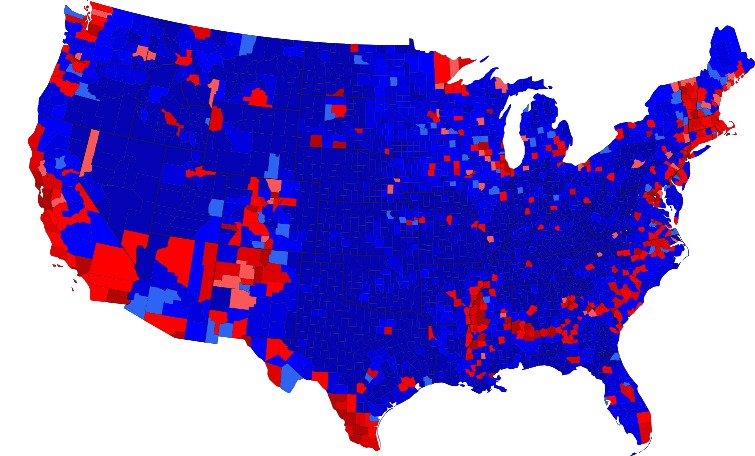
May 15, 2022
Before the Presidential election of 2000, blue was commonly used for the Republican party on election maps and red was Democrat. Red was traditional for political parties of the left such the Labour Party in England, the Liberal Party in Canada and one-party leftist states such as the Soviet Union, Communist China and of course National Socialist Germany.
Not only were the U.S. political party colors suddenly reversed during the 2000 election, but it was done uniformly across all of the so-called mainstream media and cemented into place forever by making the new color assigments part of the language.

May 18, 2022
People who are not familiar with Alaska's shiny new election system undoubtedly believe that the 2022 Senate battle between liberal Republican incumbent Lisa Murkowski and conservative challenger Kelly Tshibaka will be fought in the Republican primary, but that is not the case here. There is no such thing as a "Republican primary" in Alaska anymore.
Those same people probably also still believe that the candidate who is the preference of the greatest number of voters in November is elected. That, too, is not necessarily the case anymore.

May 23, 2022
Historically, redistricting has been an extremely partisan activity in which the party in control of the process tries to maximize its advantage. Democrats used redistricting masterfully to maintain an iron-clad grip on the U.S. House of Representatives for a 40-year period from the 1950's through the 1990's.
Now that Democrats can no longer implement their gerrymanders in the vast majority of states as they could in the past (as recently as the 1990's), courts are the new battlegrounds for redistricting, usurping the power of the state legislatures.